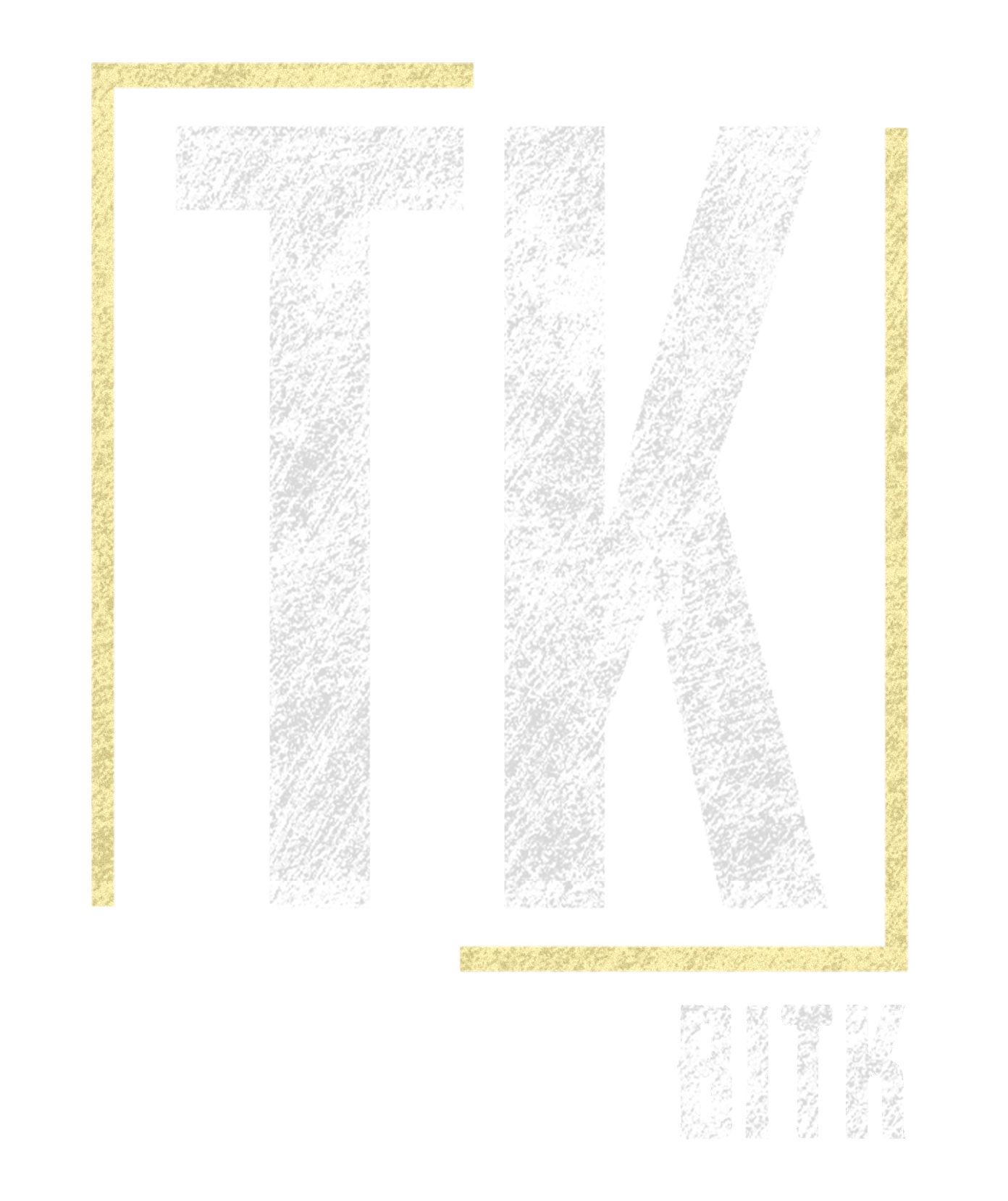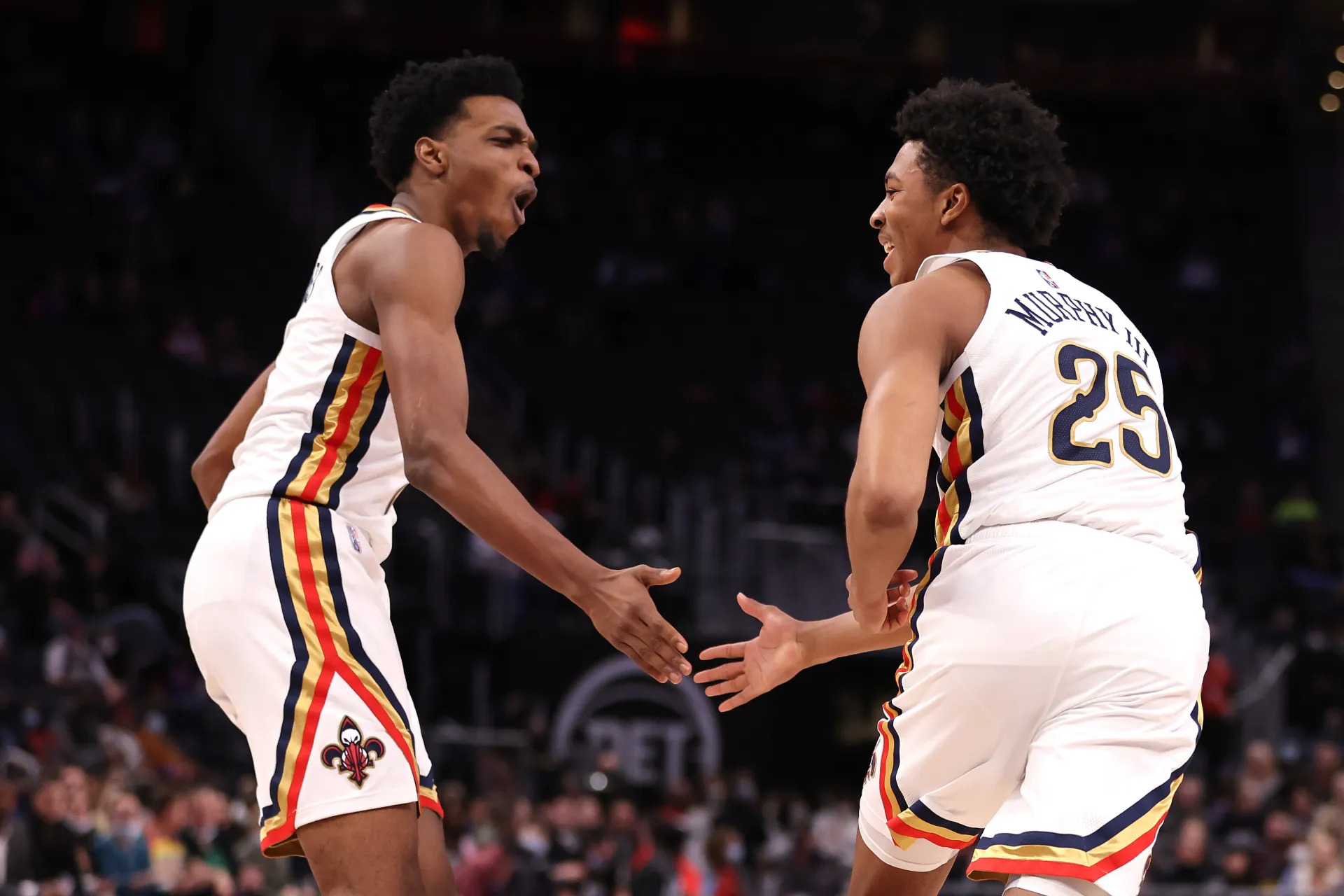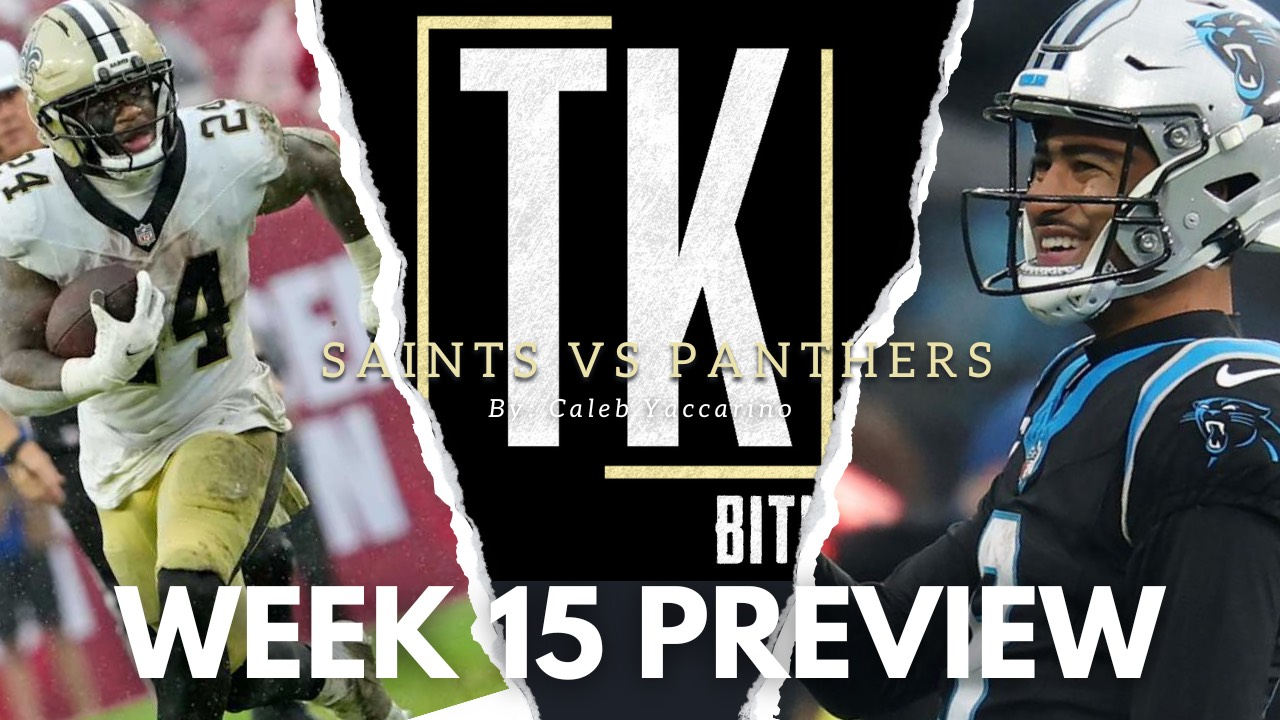Is this the best Pelican Draft….ever?
Is it actually good, or just unfamiliar?
If there is anything that has been consistent with the Pelicans in my opinion it would be trading away picks, or young players for a chance. While I have no doubt that this will still happen, it happened to a huge benefit this season. When the Pelicans traded Hart, Alexander-Walker, and Louzada, it felt like business as usual. But this time it felt like a good business decision because it returned huge positives in CJ McCollum and Larry Nance Jr. while retaining the young talent we drafted. A good business decision to keep all three guys who just made a huge impact on the court for the 23 point comeback against the 10th seed, the Los Angeles Lakers. The last draft that felt like it offered this much potential was in 2012 when the Pelicans snagged Anthony Davis, Austin Rivers, and Darius Miller, but this draft class offers so much more. I believe it shows that we will finally be following the blueprint in a copycat league, small-market teams must draft great, and for a change, grow these players and build a culture that others want to join.
Herb Jones, the league known.
It is no secret that Herb Jones has been an absolute defensive stud with a developing touch beyond the arch all with passing and point duties growing every night. The moment Herb Jones got minutes, he forced the coaching staff to not just play him, but start him not because of his offensive skill set, but because of his relentless and efficient defense. Despite his first 10 games recording an abysmal 22% from the 3 point line and 63% from the free-throw line, he didn’t let it change how he played on the other end of the court where he came out to record 13 steals, and 5 blocks over those same 10 games. While his makes from 3 do not qualify him to be registered on a few stat trackers for league leaders, he would be right above Patrick Beverly and right below Joe Ingles if he did, ranked 1st in steals among all Forwards (leading all rookies), and 5th in blocks among Small Forwards. I could bore you all day with stats, but there is one thing no one can argue, Herb Jones is by far the best rookie defender the Pelicans have seen, and maybe the league has seen.
Jose Alvarado, the league favorite.
While there were more than just these few, Donovan Mitchell, Joel Embiid, and Fred VanVleet are a few guys who have given Jose credit where credit is due. A lot of “pest” defenders have an unlikeable reputation, but Jose has shown you can be a pest on defense, and still be a likable player, and not just by your team and your fan base. Remember how I said Herb leads all rookies in steals? Well, Jose is at #5 in that same list, while playing 1000+ fewer minutes than all 4 guys ahead of him. The one thing that stands out the most is his 0.7 turnover a game and his assist-to-TO ratio is unmatched. However, I am not even going to disrespect what Jose can do with a lot of numbers because what he does will not always show up, but just know what he does is important, and a lot of players can see greatness before the fans do. If nothing else matters, he makes our leader and MVP Brandon Ingram smile more than I think any of us have seen and you can tell they share a special bond, which is bigger than basketball and gives the heart a nice feeling if you have ever seen these two of them interact on and off the court.
Trey Murphy III, the secret weapon.
I defended Willie Green’s Garret Temple saga with my belief that Herb Jones and Trey Murphy III were cut from a different cloth, and I still stand by that. Trey Murphy III is not Herb Jones, but that is okay because we do not need him to be. We need him to be exactly what he has slowly grown into before our eyes. A shot-ready, willing defender with a great read at the offensive rebound. One of my favorite things about watching Zion play basketball is his natural ability to judge how the ball is coming off the rim, and it is the same reason I think JV is a better fit next to Zion than Adams. Imagine for a moment, Zion punishing teams with his second jump and offensive rebounding abilities, just for that to come out of the game and be replaced with the 3 point specialist that also wants to slam in the putback dunk. Now imagine further, the small ball potential that exists with CJ, BI, Jones, Murphy, and Zion. Even for a small-ball lineup, the athleticism and size will put a lot of teams in matchup hell. Unfortunately, TMIII has not received a lot of playing time so stats are hard to reference, but watching him the last few games versus where he was at the beginning you can tell he noticed what Herb and Jose did to get minutes, and he’s following the lead of his draft brothers to the promised land. If you read this far, here is a stat to take home about TMIII, he’s shooting nearly 49% from beyond the arch which would lead all rookies if he received consistent minutes from the jump.
To cap it all off.
We are certainly shaking the league up this year, and still have a lot of draft potential for the future with a firmer grasp on rotations and player strengths in the next. If you have listened to one or two games this year on the Bally Sports Network you’d know this as “Changing the narrative” that Antonio Daniels has coined and the Pels 12 have embraced. Herb Jones, Jose Alvarado, and Trey Murphy III are all going to be a part of that narrative. While it may not be changed, I think we have all felt a shift for the better. They say potential has a shelf life, fortunately for us the shelves are looking like they are stocked with fresh talent with a healthy mix of finely aged wine.
A quick share helps us a lot!



